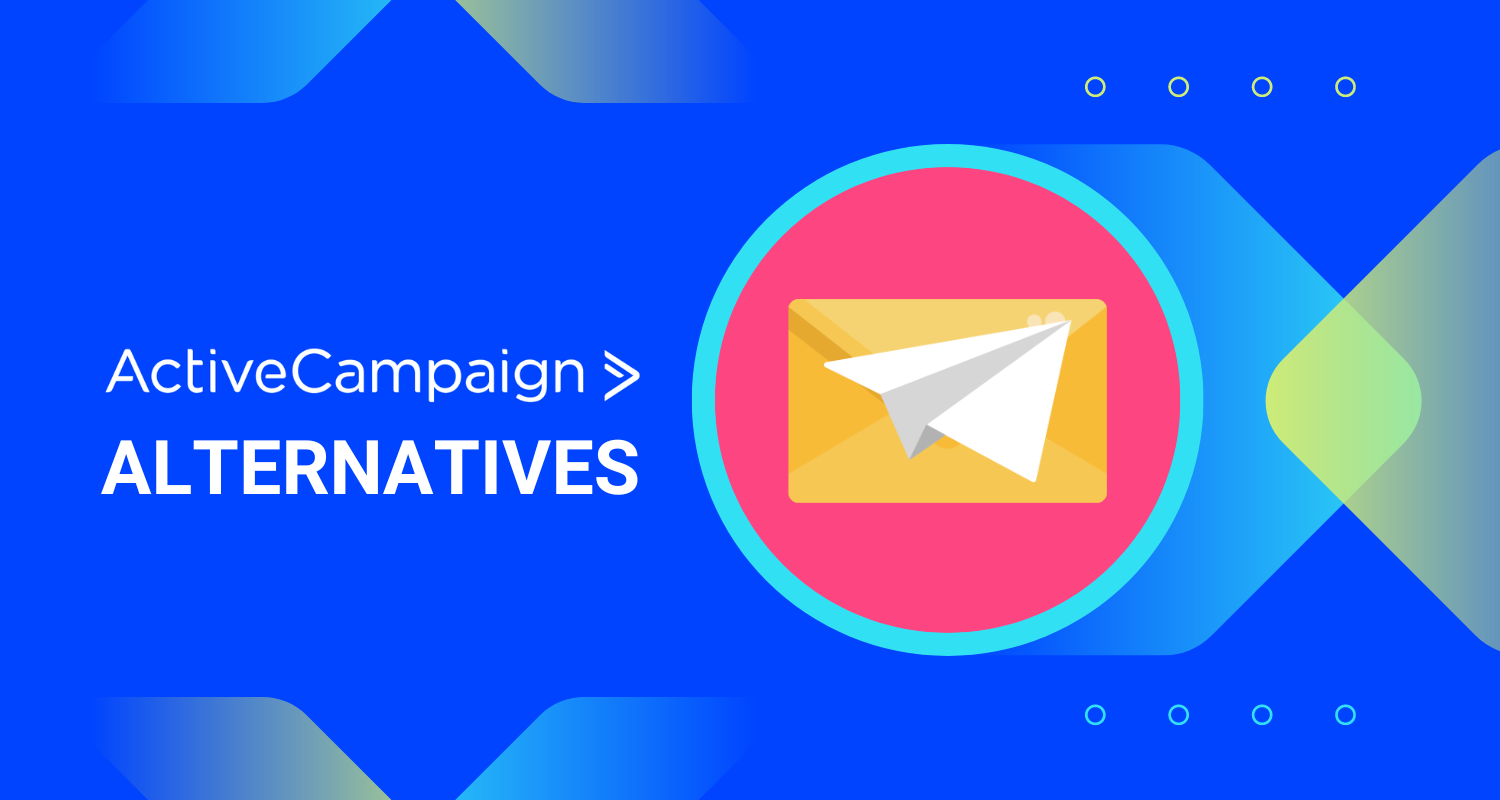
When you own a business, you want your visitors to covert, amiright?
Of course you do. And yet, try as you might you’re still experiencing conversion issues. Your products aren’t converting as well as you’d like, and you want to know how to fix it. Or maybe you’re curious if there’s something important that you’ve missed.
Today, we’ve surveyed top consultants, entrepreneurs and marketers for their hard-earned advice. No tricks. No one-size-fits-all hacks. Just real, raw lessons learned from our pro-status colleagues and friends.
Let’s see what they had to say about the most common conversion issues, and how they fix them.
Complex, lengthy checkout experiences

One major conversion blunder I’ve seen with UX especially is the checkout experience. Everything should be easy, the more steps and barriers put between an interested shopper and becoming a paying customer the more likely that user will leave.
With physical products that require a shipping address a simple Google Address Lookup can make a world of difference, especially on mobile devices; removing the need to type in 4-6 lines of an address by allowing for a quick selection and avoiding potential shipping errors.
Alex Jordan, Co-founder of The Bearded Colonel
When customers can’t find what they’re looking for with search
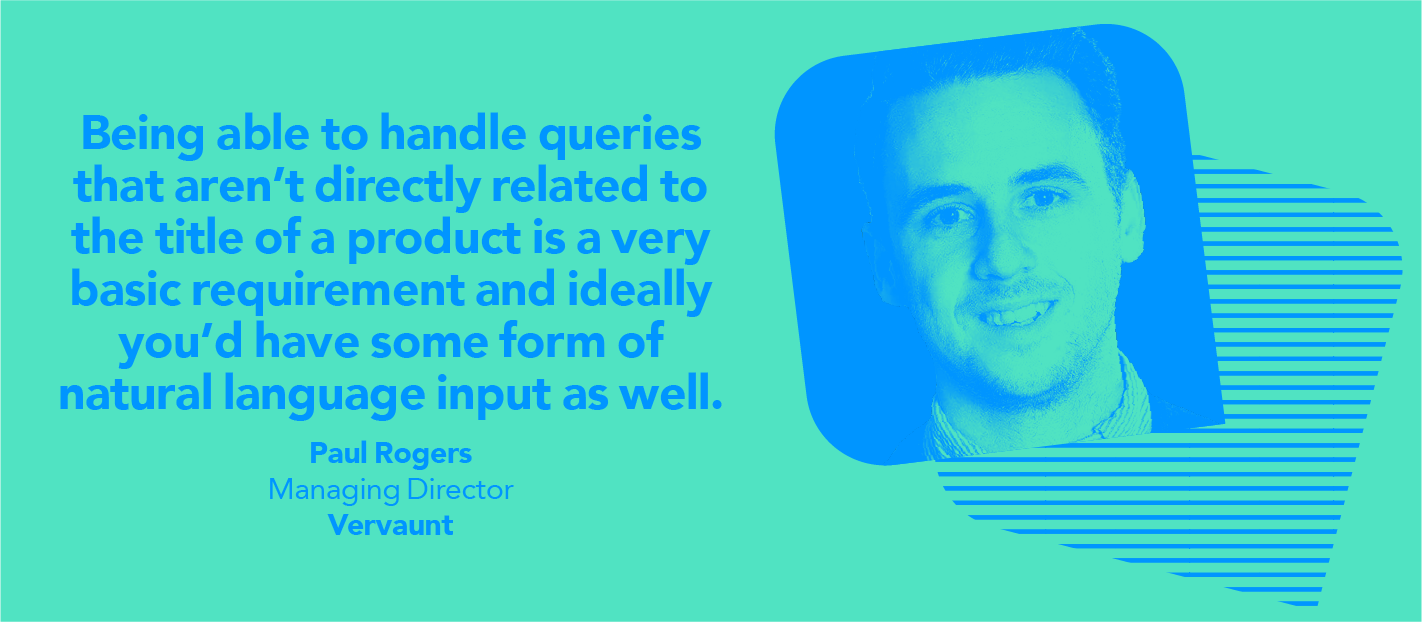
Search is often big blocker from a conversion rate perspective, with in-merchandised results, inability to handle non-product related queries, poor mobile UX and speed being common issues.
Being able to handle queries that aren’t directly related to the title of a product is a very basic requirement and ideally you’d have some form of natural language input as well. If you do have a strong search capability, pushing more users to search (particularly on mobile) can also deliver uplifts in certain areas, as a result of streamlining and speeding up processes. Using a rich JavaScript overlay can help to speed this process up and generally provide a better UX.
Paul Rogers, Managing Director at Vervaunt
Giving up on abandoned carts too soon

The biggest mistake that I see businesses make is giving up too soon. An example of this is sending only 1 abandoned cart email.
To convert more abandoned carts into sales test this checklist.
- Are you sending 3 abandoned cart emails? The first inside 1 hour, the second at 24 hours and the third 48 hours after that.
- If you have a high-value sale in the cart, does customer service get involved to make an outbound phone call?
- Do you have an exit intent pop up that is set to offer a discount if the cart value is above a certain amount?
- Do you have remarketing audiences in place that target both on Facebook and Google. Test different messages for the groups 0-3 days, 4-7 days, 7-14 days and 15 -30 days.
- Do you have a Facebook Messenger abandoned cart series?
Anthony Idle, Ads, Messenger Chatbots and Automation Consultant for Ecommerce
Failing to accurately track attribution and guessing at campaign budgets

One of the biggest mistakes I see is completely misunderstanding attribution and the limits of tracking.
FB analytics is by far the most accurate, even for sources separate from FB. You don’t even need to run FB ads to include the pixel on your site. It is way more accurate because it is dependent upon people signing into the platform or giving explicit permission to connect their FB ID (which will be picked up by the pixel) to whatever device they are on.
Marketers and entrepreneurs too often launch campaigns with no chance at hitting conversion objectives. For example, spending 20k no matter what – even if you have a cost per click of $10.00 and mathematically you would need a conversion rate of 25% with a cpc this high, but your empirical conversion rate is 3% – often these mistakes happen without simply modeling out reasonable parameters to see if after X amount of clicks your objective is even close to having a chance.
It’s a mistake to decide, up front, on a budget for a channel regardless of milestones, or without reasonably thinking what the cost per click range would need to be to make it attainable.
Ryan Adamiak, CEO and Founder at Up & Coming Media
Running A/B tests before you’ve tested them with friends and colleagues
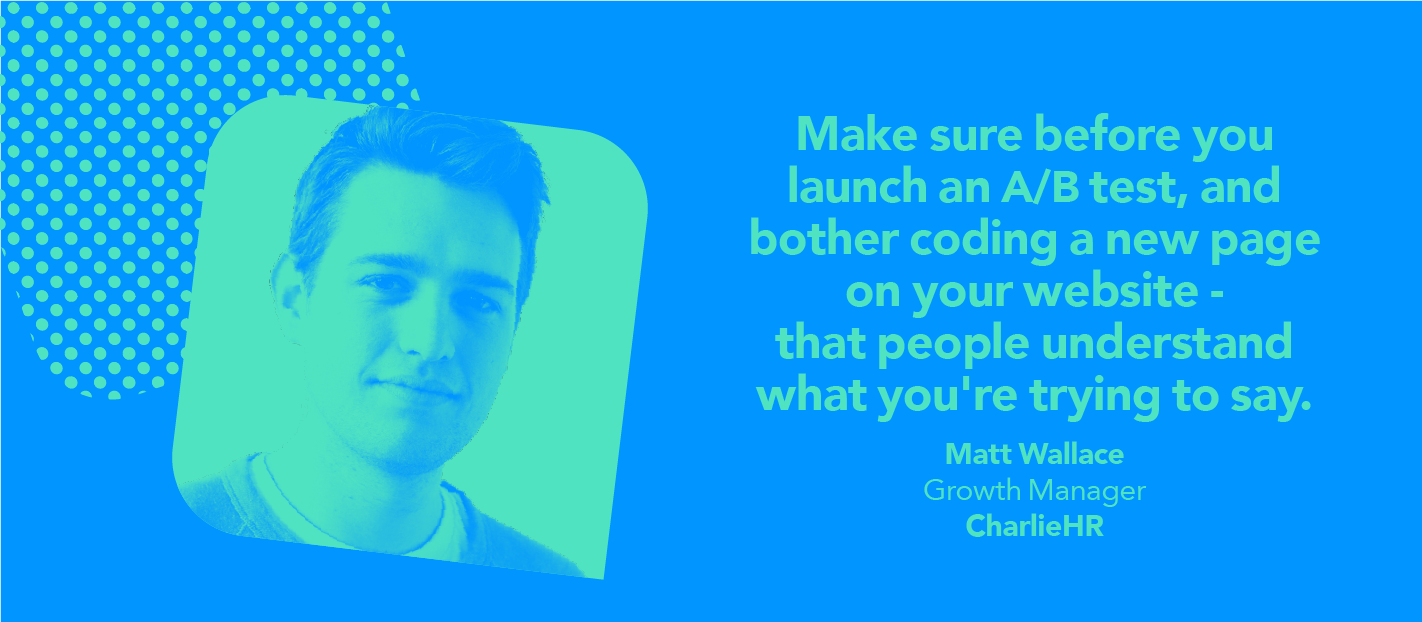
People need to make sure they’re testing what they think they’re testing. And the best way to do that is paper tests. Make sure before you launch an A/B test, and bother coding a new page on your website – that people understand what you’re trying to say. Show people your headlines for 30 seconds, and see what they understand. It’s amazing how often what you think is a simple and easy to understand proposition is just not understood by a reader who lacks all of the context that you have in your head.
Matt Wallace, Growth Manager at CharlieHR
Not giving visitors the chance to convert with confidence
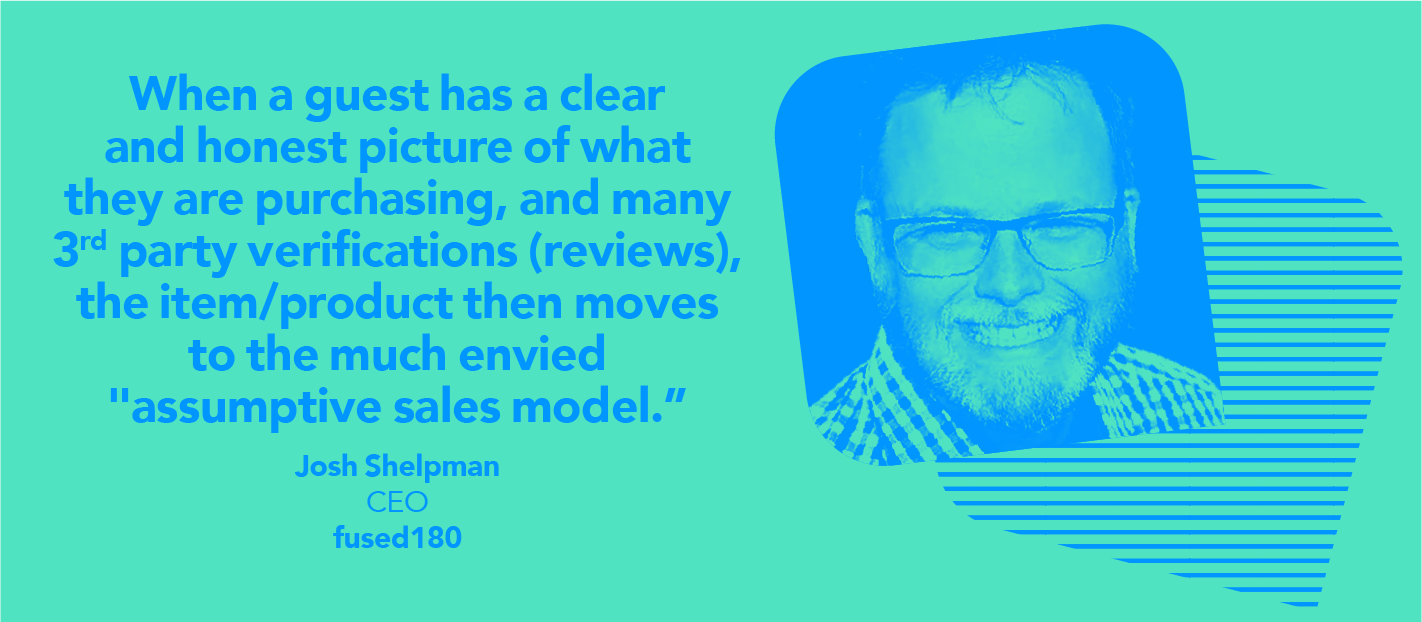
We have found that visitors need a confident conversion. We would say that this “confident conversion”, comes from a product that is well thought out and clearly shows what is being purchased. These “confident conversions” will also help the return rates to be lowered. When a guest has a clear and honest picture of what they are purchasing, and many 3rd party verifications (reviews), the item/product then moves to the much envied “assumptive sales model.” We need to get the conversion/sale, AND a raving fan.
Josh Shelpman, CEO of fused180
Too many clicks to checkout, and no pre-selling
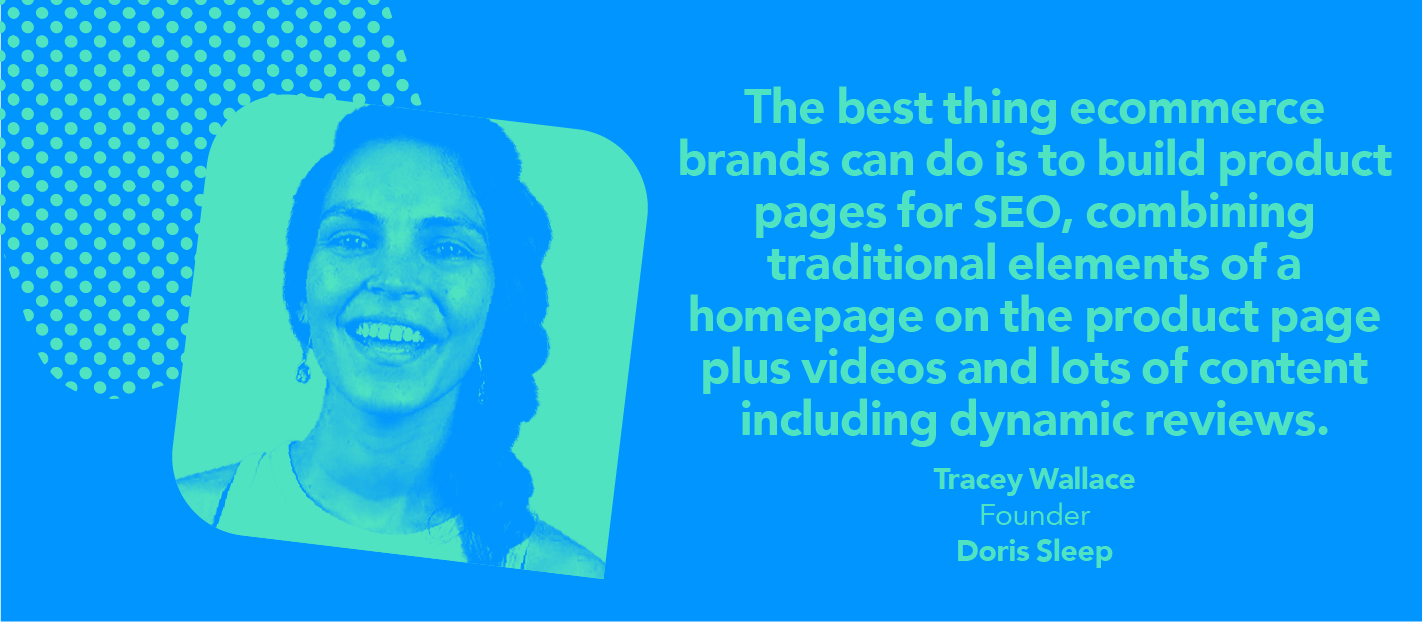
Far too many people still build sites as though the homepage is where most folks will first meet the brand. In reality, you want your product pages and blog pages to be the first touch for your brand –– and the subsequent touches as well. These pages tell a story, build trust, and are closer to conversion than a homepage or a category page.
The best thing brands can do is to build product pages for SEO, combining traditional elements of a homepage on the product page plus videos and lots of content including dynamic reviews.
Then, build out blog post content that builds trust for your brand on your vertical of expertise. Posts should be long, and have engaging elements like graphics and quizzes (Typeform is so cheap and easy to use for creating these).
Now, link back to your product pages within that post and work to get backlinks for the blog and the product pages. Your first touch with visitors will be the blog (trust building) or product page (1-click from the checkout), and you’ve significantly shortened the funnel, while significantly widening it at the top.
Tracey Wallace, Founder of Doris Sleep
Failing to play the long game with conversion rate optimisation
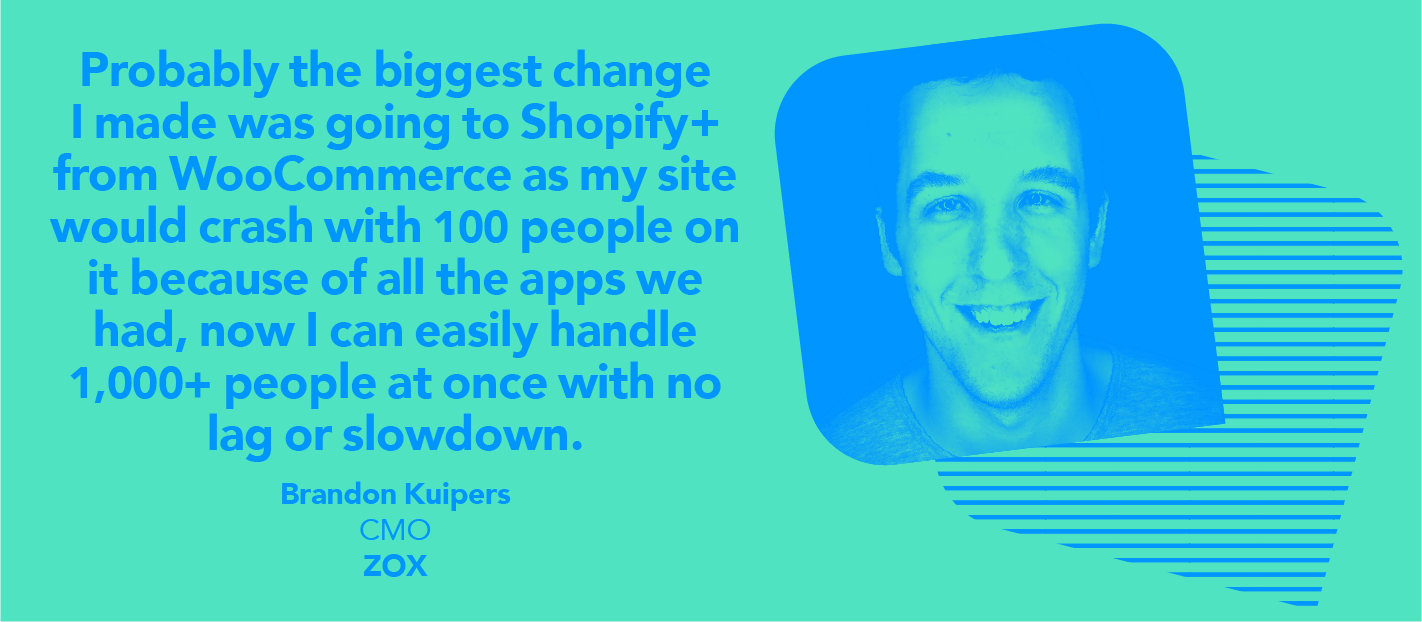
I don’t think there has ever really been one big aha moment that crushed our conversion rates. It’s mostly just been a lot of small, incremental changes leading to better conversions. Probably the biggest change I made was going to Shopify+ from WooCommerce as my site would crash with 100 people on it because of all the apps we had, now I can easily handle 1,000+ people at once with no lag or slowdown.
Brandon Kuipers, CMO at ZOX
Hiding or muddying your value propositions

Wikipedia defines value proposition as “a promise of value to be delivered, communicated, and acknowledged”, yet it’s the very thing that most e-commerce business owners fail include in their website.
Within 5 seconds of reaching your site, any user should be able to answer the following questions:
- What is this website trying to sell me?
- What makes this brand better than the competitors?
- How will I feel once I purchase a product?
To help create a compelling value proposition it is best to conduct qualitative research and survey past customers. I love to ask open-ended questions like “what made you choose our site?” or “what 3 adjectives would you use to describe [your product]?”.
Once you survey a good amount of people you can start to see common traits that each answer has. With these common traits you can start to see the value that your top customers see in your brand. You can take these common traits and integrate them in your value proposition as well as other marketing content.
Value propositions = better conversions. Period.
Anthony Wallace, Founder and Conversion Specialist at 92DREAM
Lack of sufficient information on product pages
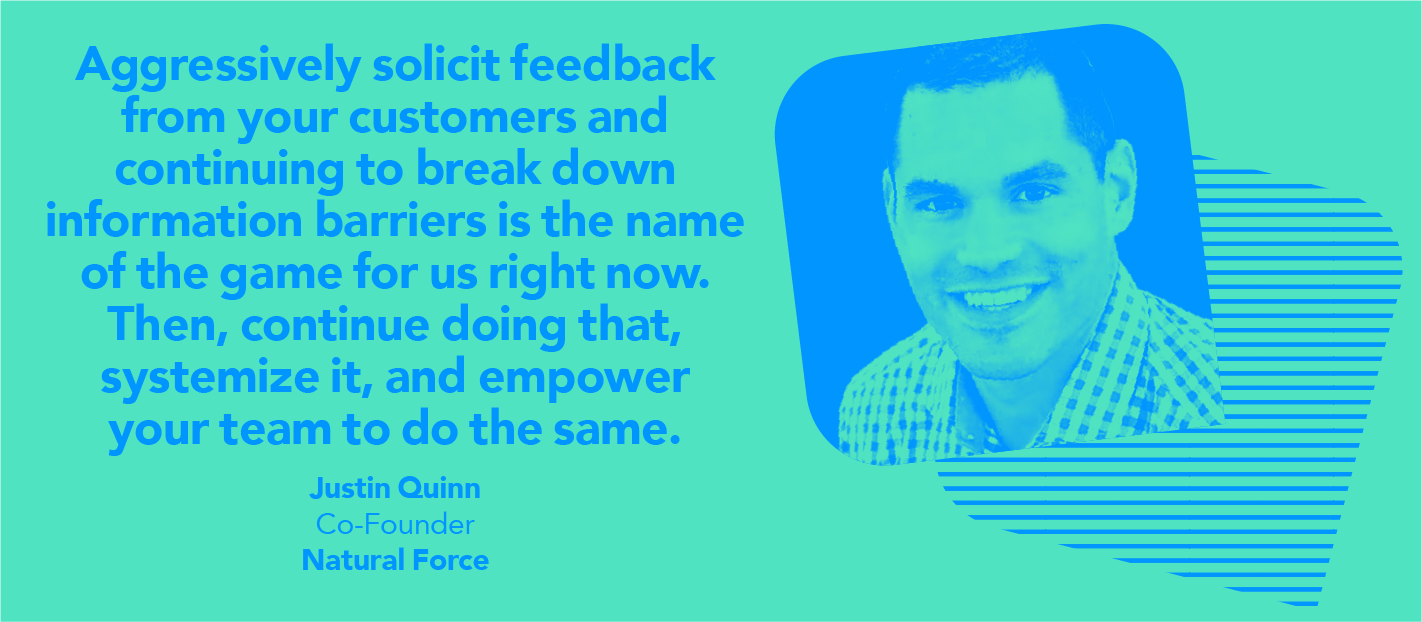
I believe one of the top conversion issues today is lack of information on the product pages. The symptom is abandoned carts or failure to begin checkout at all.
With conversion rate optimisation, there hasn’t really been one holy grail. One customer might want to know how much shipping is. Another might be looking for specific supplement facts or an ingredient list.
Aggressively soliciting feedback from your customers, and continuing to break down information barriers is the name of the game for us right now. Then, continue doing that, systemize it, and empower your team to do the same.
Justin Quinn, Co-Founder of Natural Force
Focusing on yourself and your product—not the customer

The biggest conversion mistake I see is that people focus on themselves and not the customer.
Business owners & conversion rate optimisation specialists can tweak and make changes to a website all day long, but the biggest CRO wins involve picking up the phone and talking to your customers and the people that didn’t buy.
We used this exact process at Hunt A Killer and found several large wins. We discovered that people wanted to see more of the clues, so we gave it to them. It seemed as though people were confused by how a season worked with Hunt A Killer, so we added episode teasers to the home page.
If you want big CRO wins, the first step is to talk to your customers and non-buyers. If you haven’t done that, most of your test hypotheses are shots in the dark.
Sure, you can increase CRO almost always by making navigation easier and speeding up the website, but if you want to go beyond that, you need to speak to your customers.
Eric Carlson, Co-Founder of 10xFactory and advisor/marketer at Hunt a Killer
Your checklist for fixing common conversion issues
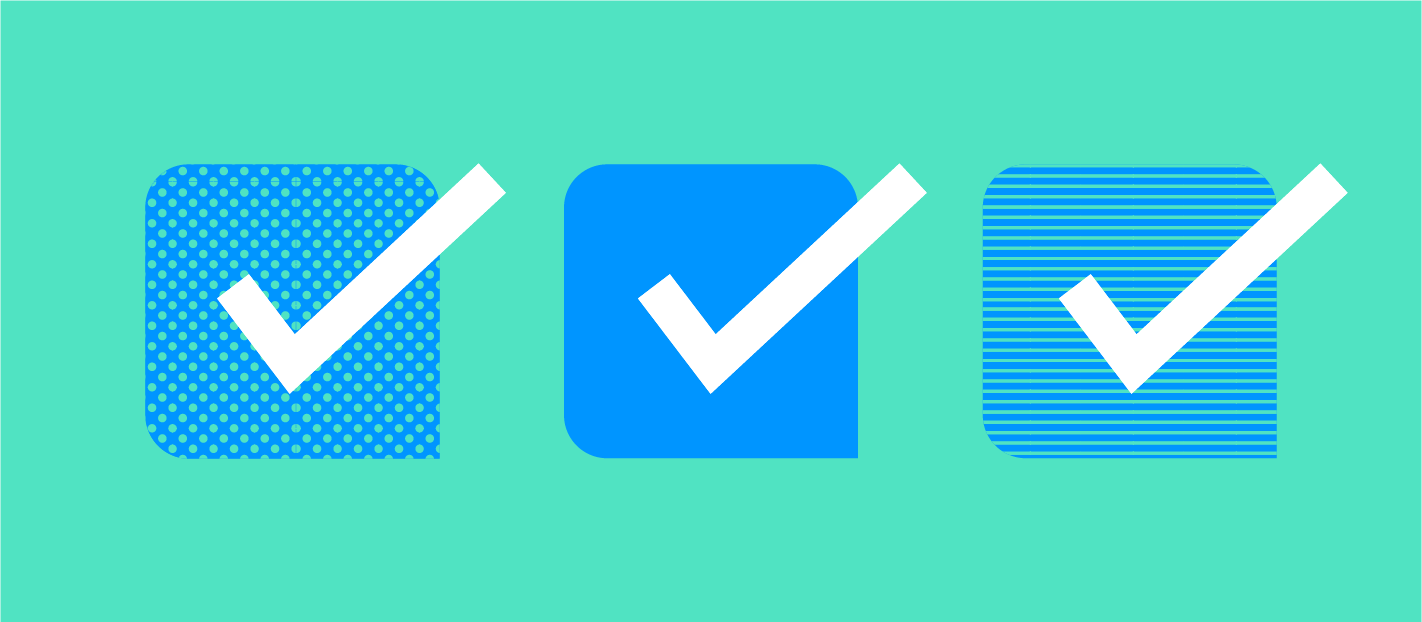
The above are all real conversion issues from lived experience. Don’t let their experience go to waste. We’ve put together a super actionable checklist for you so you can make the most of their advice. Time to get to work!
- Streamline your checkout experience and make use of Google Address Lookup
- Improve your product search by ensuring that product descriptions are searchable
- Use email, Facebook Messenger, exit-intent popups, remarketing and outbound phone sales to save abandoned carts
- Use Facebook pixel for attribution
- Set campaign budget based on a reasonable target CPC and conversion rates
- Do quick on-paper messaging tests before rolling out A/B tests
- Include quality 3rd party verifications or reviews to help site visitors convert confidently
- Optimise your top-of-funnel with content to pre-sell your website visitors
- Don’t feel down when you don’t get big results from conversion rate optimisation, keep making updates over time
- Show off your value propositions as clearly and as quickly as possible
- Make your product pages more robust and detailed based on what customers want to know
- Talk to your customers regularly (surveys and interviews) to come up with hypotheses you can test
Try GoSquared to understand what visitors are doing on your site and engage them with live chat and automation.
